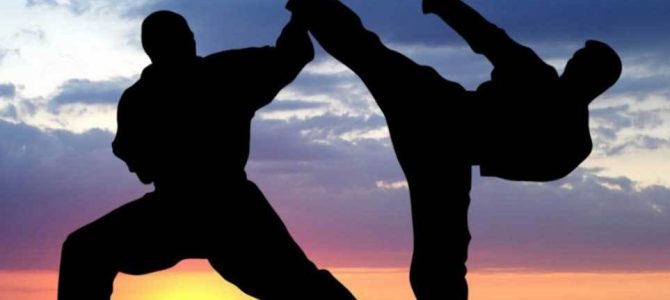There are many ways to draw a figure in martial arts, including using templates. This article will cover the basics of Sumi-e Karate. There are also tips and templates that can be used to draw the feet for Martial Arts practitioners. In order to create a realistic drawing of a Martial Arts student, you should carefully study their posture and learn how to draw long curved lines. Begin with their body, arms and legs. Next, add clothing.
Karate
This step-by step tutorial will show you how to draw a karate guy. You’ll learn how you can draw the karateman’s head and body. This step-by-step drawing tutorial also shows you how to draw the karate man’s nose, hair, and ear. Incorporate the karateman’s jaw, nose, mouth, and mouth into your drawings to make them more realistic.
Drawing a template for karate martial art is as simple as studying the posture of the person. You’ll also need to study the clothing worn by the person. Next, you will need to use the yin/yang symbols to draw a rectangle that includes the person’s body. Next, draw the legs from different angles. Next, add clothing and lastly, the area below your waist.
Sumie drawings
Sumi-e is not a difficult art to learn. This Japanese style of painting is great for beginners. The traditional design of the technique is what distinguishes it. Artists are careful to not go overboard and aim for efficiency in terms of strokes, resources, and time. The result is a beautiful combination of emotion & solemnity. An old sumi-e master once said that he would earn his life by painting a dot, which he called an ‘immovable vibrating point.’ The ‘dot” represents movement, and the artist is a master of this.
A sumi-e-trained woman artist uses the same technique for her own martial arts images. She draws inspiration in the art form through her interest in traditional Japanese calligraphy and her own style of sumi e painting. Sato Sensei has written a book that includes tips on sumie painting, as well as how to use sumi ink and handmade papers. Sumi-e is a type of painting but the technique is more than a visual aesthetic.
Sumi-e templates
Sumie-e templates are available for martial arts drawings if your passion is Sumi. The templates are traditional Japanese designs with brush stroke calligraphic fonts. The kit includes 12 templates and can be imported automatically via Connect Account. Once imported, these templates can be found in the Elementor under Templates – Saved Templates. You can modify them in the My Templates tab.
Figurosity
It can be difficult to find good reference images. Scrolling through Pinterest and Google Images is a waste of time. Rarely are you able to find unique and memorable poses. To overcome this issue, artists have developed virtual pose tools that configure digital models into poses. These tools were often limited to simple models or complicated 3D software. Figurosity, with its vast array of poses and realistically rendered 3-D models, solves this problem.
The site has thousands of poses. You can search by action, gender or camera angle to find poses. There is a large, expanding library of 3D models that can be used to create poses and actions. The interface allows you to adjust the settings and dial in a pose. The only pose that is available for free users is “Dresse.” The paid version offers an additional option, “Nude,” that shows a human figure in its simplest form without clothing.
Testing
Testing is essential for all martial art students and practitioners. Testing is not only a tool for ranking but also serves as a tool to improve one’s self-image. The results of testing will help determine a student’s ability and progress in specific contexts. Various types of testing are used by different martial arts systems. Some use forms, others sparring and the rest of the same. Before you try testing, it is important that you understand its purpose.


